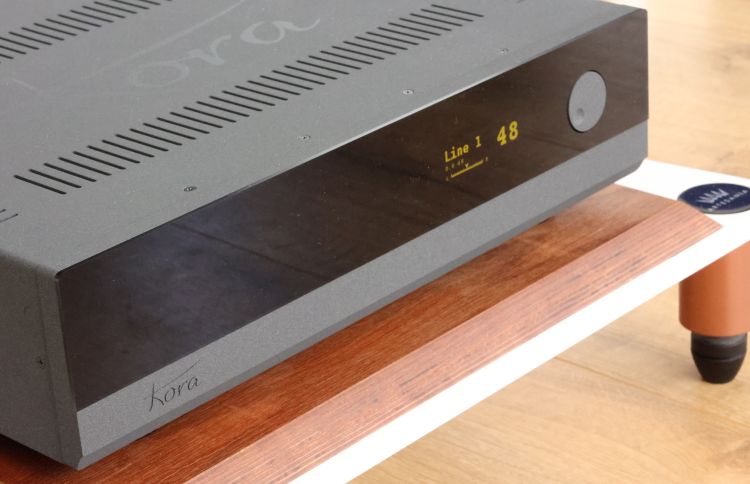
Speaker Cables
This brings me to an important thing to keep in mind which is that the Kora does not do any editorializing of the signal, it does not add warmth and it certainly does not add a nice sauce to cover any flaws upstream. While it always performs its traits no matter the cables or speakers, if one is to find the ideal balance between warmth/smoothness and purity/directness, then the choice of cabling becomes important.
In the main system, I use Mad Scientist Black Magic speaker cables which have proven pivotal in making the CH components sound maximally incisive and expressive. With the Kora, however, the pairing with this cable results in a dry and matter-of-fact kind of presentation. What works really well is the Driade Flow 405. This cable’s inherently smooth and liquid characteristics add all the liquidity, continuity, and finesse that one could desire to pull the Kora’s delivery over to the other side, toward more romantic while retaining most of the amp’s impressive abilities. What also works really well are the Jorma Trinity speaker cables that add fluidity and flow similar to the Driade’s but with faster pacing and higher resolution, to arrive at a rather neutral, but also natural sound with just the right amount of fluidity and finesse.
70 Watts per channel might not seem like much but it’s all that I needed to drive any speaker louder than I needed to. I should also note that, unless you want to play at PA levels, it’s not so much the power output that matters, but the stability of the power supply. After all, the CH A1.5 is also “only” rated at 150 Watts, far less than its appearance might suggest. Its true power is in its massive power supply that, according to the front-panel meter, is capable of outputting 800 Watts and even more, if you play loudly or connect difficult speakers. The same is true for the Kora TB140.
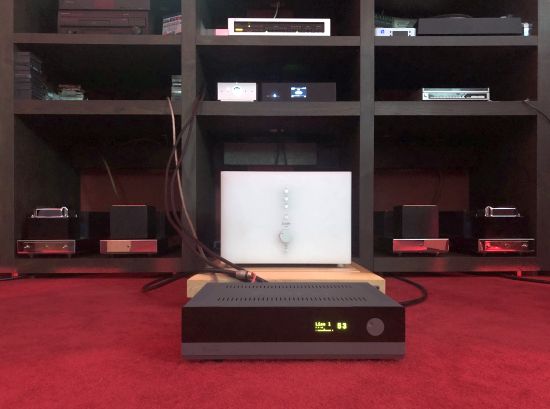
With Magico Q5
To truly test the Kora’s power capacity, I brought the amplifier with me to my friend Niels who uses Magico Q5 speakers with a Soulution 711. The Q5s are absolutely notorious for being hard to drive, almost to the level of the Apogee Scintilla. Most tube amplifiers do not apply, not even the Zanden 6000, but lo and behold: the Kora TB140 not only extracts ridiculous amounts of detail with lightning-fast transients and superb bass performance from the Q5s, but it also controls them as if they were mini-monitors. Sure, the Kora does not sound as authoritative and beefy as the 55K Soulution 711 or the leaner 31K CH Precision A1.5 for that matter, but it sounds solid and always in control, even when you crank the volume to levels that I personally find uncomfortably loud. Interestingly, the Kora’s precision worked very nicely with the Q5’s inherent precision to achieve a sound that certainly verged to the analytical side but at the same was not devoid in terms of warmth and provided a fascinating level of insight as well as emotional involvement. Niels’ room is far smaller than mine, has wall-to-wall carpet, and is far more damped, and Niels also uses warmer-sounding cables, and clearly, this goes a long way toward bedding in the Kora amplifier such that its strengths are fully realized whilst avoiding it to start sounding too cool or too controlled.
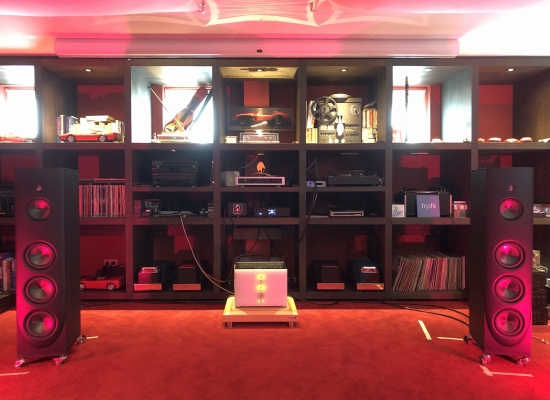
I was so eager to start listening that I forgot to take a picture of the setup with the Q5’s at the time of the Kora test. Here‘s a picture of the system with Magico Q3’s that is actually very close to the current situation.
Niels also owns Master Contemporary C speakers that he normally uses with a Zanden 6000 integrated amplifier (23.650 euro). When we swapped to the Kora, using the same Essential Audio Tools (EAT) power cable, we were again surprised at the level of precision and expression that the Kora manages to deliver. However, we also had to admit that the Zanden provided deeper tonal saturation and created a considerably deeper soundstage with considerably more liquidity and continuousness. Such a difference is not unexpected given the price difference, of course. But to our surprise, the Kora pulled ahead in several other areas such as bass control, speed, transient crispness, openness, and airiness. This made Niels and me seriously question which amp we actually preferred, which is saying a lot for the Kora.
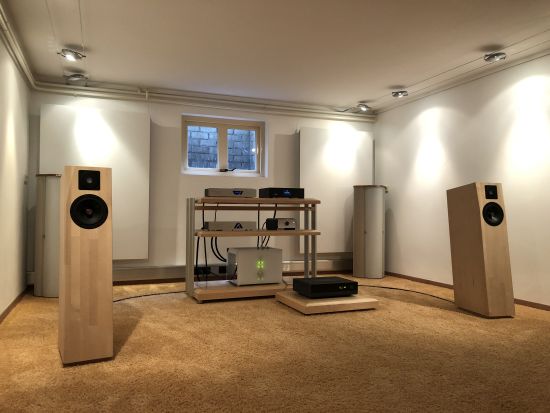
One week later, I brought the Kora with me to visit my friend Werner. In his very carefully tuned system, we started with the same EAT power cable as he normally uses for the Zanden amplifier but contrary to Niels’s system, this made the Kora sound somewhat shut-in compared to the Zanden. Changing the EAT for a Belden 19364 with Bals Schuko and Oyaide C-004 restored the Kora’s balance as I heard it before: open, linear, and very neutral. This way, the TB140 again drove the Master CC’s rather better than one would expect from a 5.000 euro amplifier. But in this system, the difference between the Kora and the Zanden was rather larger than in Niels’s system, and more in favor of the Zanden. Here, the Kora’s bass precision and articulation, as well as its admirable linearity were again evident, but this time, the dynamic contrast and the level of expression were not better with the Kora, rather, in spite of having been switched on for 2 hours, the amp sounded a little flatter and more static.
But sure enough, the longer we played, the more organic the sound became and the more the music started breathing freely. This is when I realized that the amplifier not only needs warming up, but it also needs to be playing for some time to sound its best.
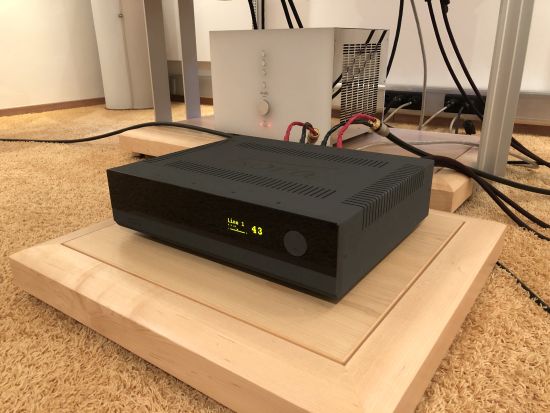
Indeed, the longer we listened with the Kora, the more we forgot about it, which for an amplifier is a really big compliment! We even proceeded to test some other equipment unrelated to this review and were never under the impression of being limited in terms of resolution, neutrality, or transparency. Just as heard before, one of the amplifier’s core strengths is that it sounds very much of one piece, entirely coherent and uniform. Again, the bass was exemplary while vocals, in particular, were also impressively pure and realistic, something that Werner also noted.
In this system, the Kora did not outperform the Zanden in any parameter but this does not diminish the designer’s accomplishment in any way. What this last experiment did prove is that two identical amplifiers (the Zanden 6000) can sound rather different. This is something that Werner had been telling us all along but it wasn’t until these last two comparisons with the same speakers and with the same Kora amplifier, that I heard it for myself. In speaking with Niels and Werner about this, we think there are differences in the precision of tube matching and -quality, as well as in the amount of bias. This is something to investigate further but has no bearing on this review.
More to the point is the notion that the TB140 needs no user intervention for manual biasing and not even in terms of tube matching. Rene Degens of Dimex told me that he was ensured that the brand and quality of tubes that are used are inconsequential to the amplifier’s sound quality. Rene proceeded to test this by inserting a different brand of tubes only to conclude that he did indeed not hear a difference. Just precisely how the SquareTube principle achieves this is not entirely clear but designer Bruno Vander Elst explains it such that the tubes are forced to work within certain restraints that are always well within their comfort zone.
Conclusion
The Kora TB140 is one of those rare products that truly surprise and I absolutely love it when that happens. It sounds nothing like a stereotypical tube amplifier because it has none of the added warmth, thickness, slowness, or blur that often come along with such designs. But neither does it sound like a traditional transistor amplifier because it has none of the typical solid-state edge or hardness. It strikes a careful balance between tightness, control, linearity, and expression on the one hand, and refinement, fluidity, and air on the other. Meanwhile, the amp has SET-like purity, quite bizarrely combined with amazing bass control, while driving any speaker, even Magico Q5’s. If one prizes neutrality as highly as I do and one does not mind an all-veils-removed, window-wide-open, perhaps slightly analytical presentation, then the Kora TB140 comes highly recommended. But above all, at its price level, I know of no better amplifier, certainly not one that drives every speaker on the market.

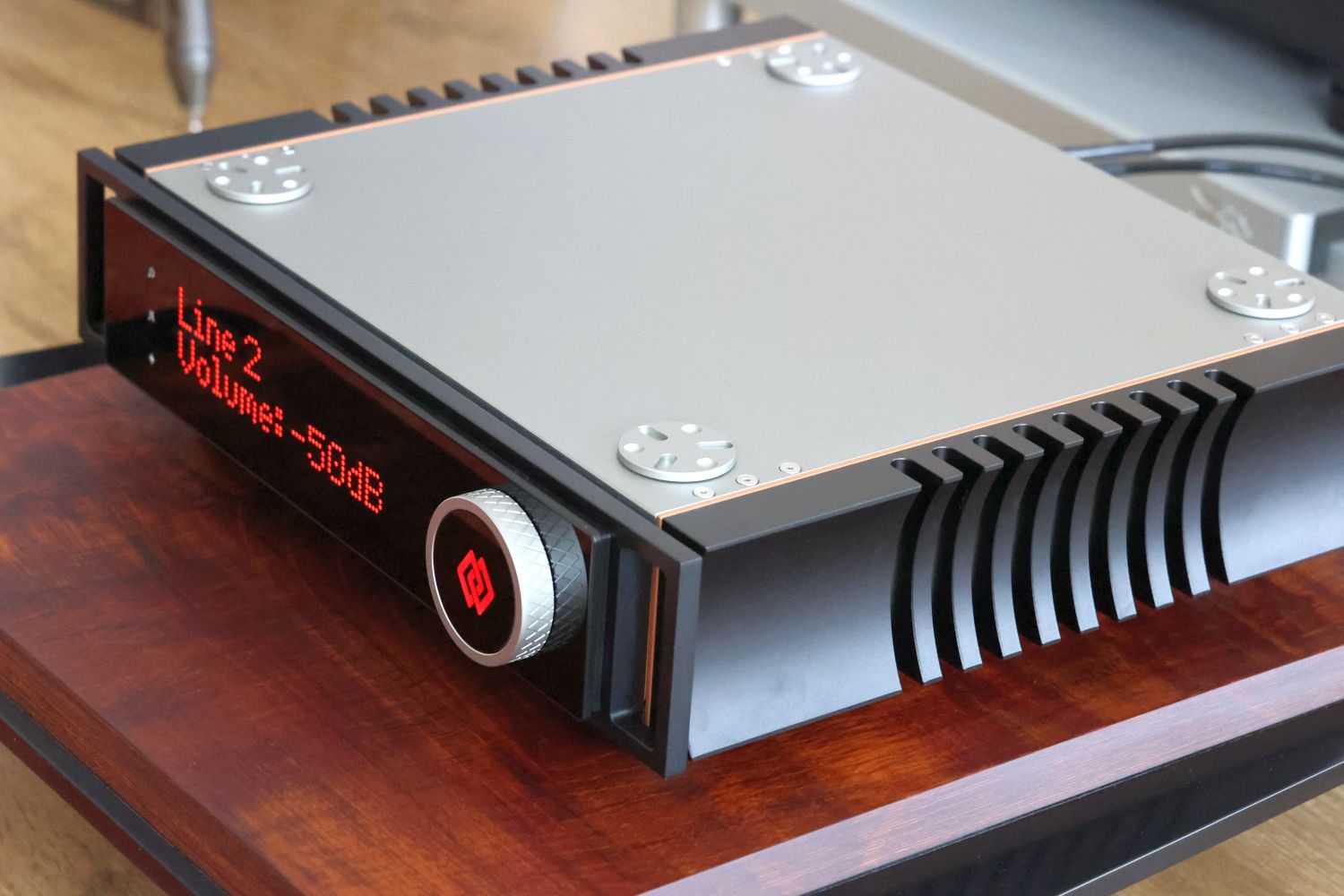
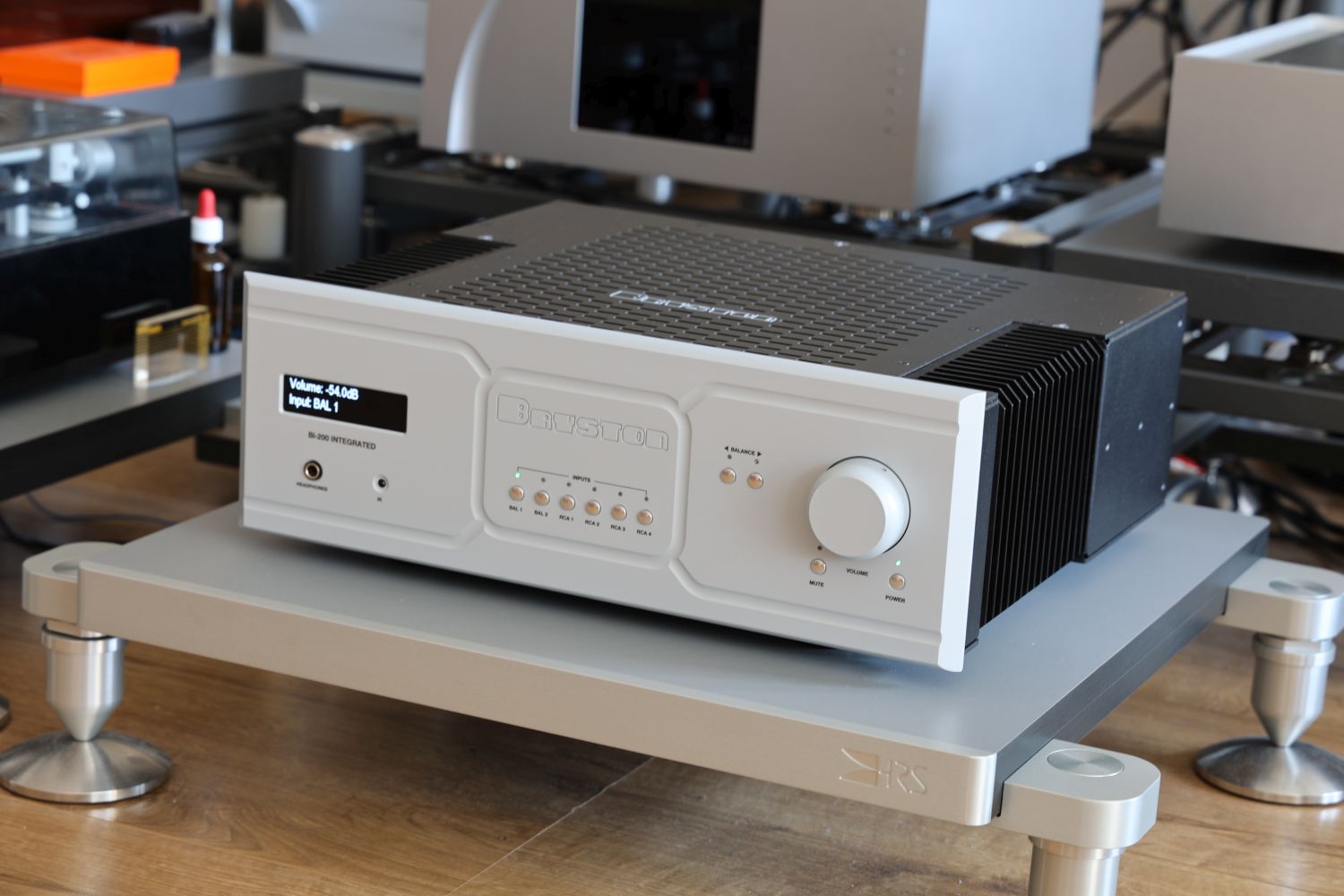
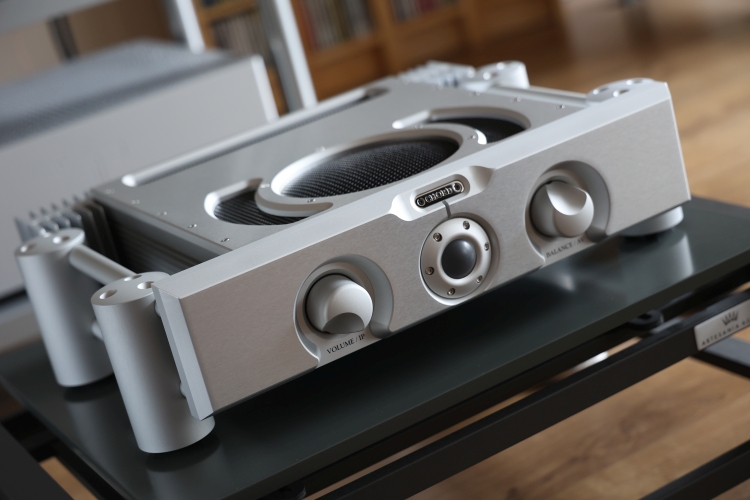
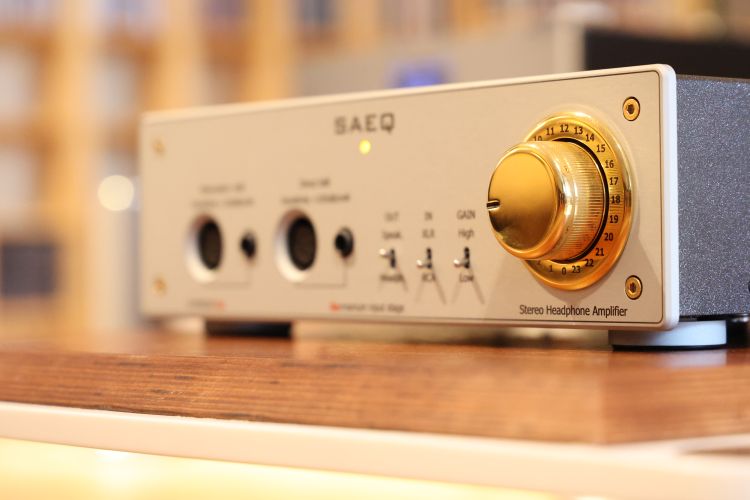
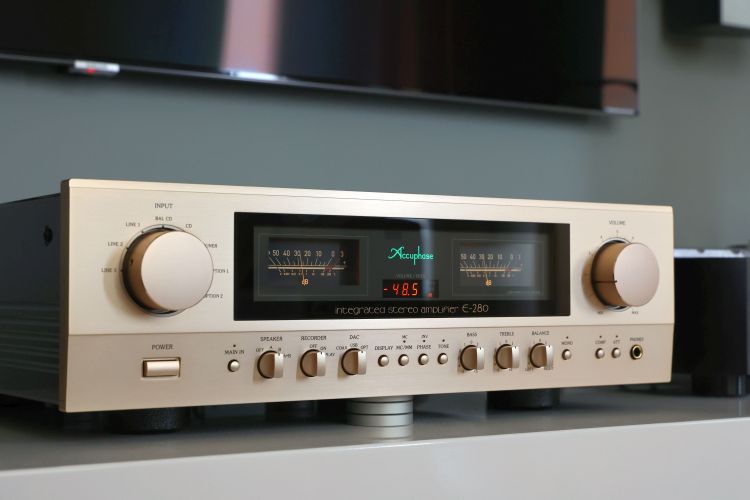
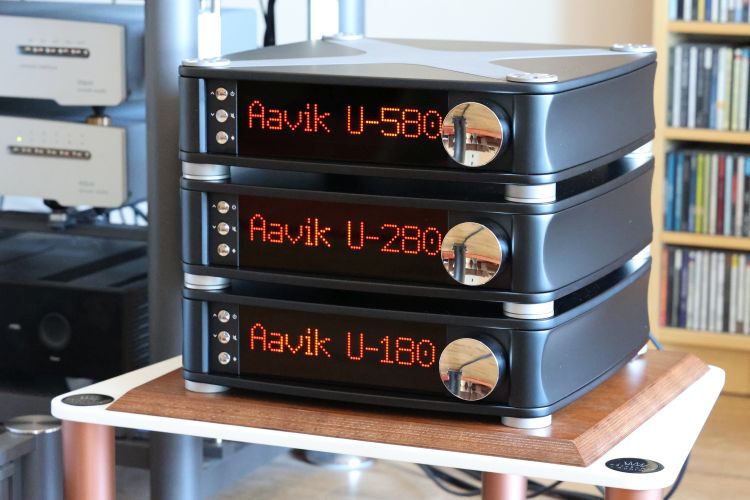
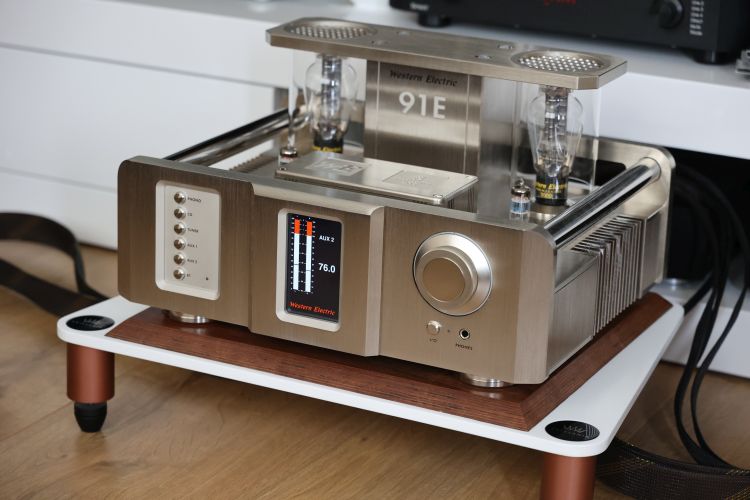
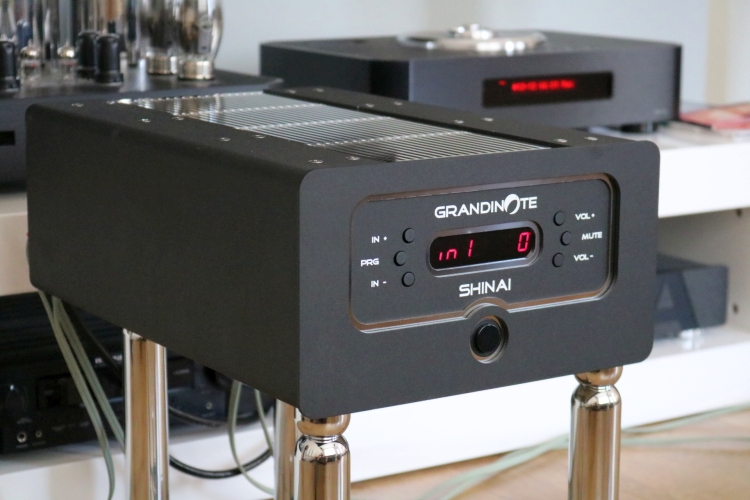
Christian great review you tested that amp in 4 different systems that must be a record for audio reviews! And very interesting design, that topology is vaguely ringing a bell. The brand Thoress makes a hybrid design that I believe is somewhat similar to this, no IC involved but it describes the output stage as “a single-ended, unity gain MOSFET buffer operated at high idle current.”
I’m not tech savvy enough to say if that’s similar or not but it rang a bell with me and that amp is 2.5x times the price of the Kora. I hope the Kora reaches the US at some point it sounds like a very interesting listen.
Cheers,
Jon
Hi Jon, Haha yes, it might well be a record indeed!
I’ve taken a look at the Thoress EHT and I agree that the principle appears similar in that tubes are used for voltage and transistors for current. However, note that the EHT provides 18-25 Watts, depending on the speaker impedance while the TB140 provides at least 70 Watts even into the most punishing loads. Another difference is that the EHT is single-ended while the TB140 is symmetrical (balanced). Not having heard the Thoress I can’t make any claims as to how it would compare sonically but I did review the Western Electric 91E which also employs a similar topology. But interestingly, these two amplifiers couldn’t be more apart sonically. Of course the pair of 300B’s must have considerable influence, but still, this illustrates that there’s still plenty of room for manufacturers to differentiate themselves, even with seemingly similar topologies. Just as it is the case with “regular” transistor- or tube amplifiers, I guess:-)
So, how does the Kora amplifier sound? In a word: rather fantastic!
That’s two words my friend…LOL, it must have been good. I’m waiting on Kora’s forthcoming CD Player, I expect it to “rather fantastic” too.
Thanks for this review – Kora isn’t well known in N. America so I’m glad to see it.
Nice review! How does the TB140 compare to the NuPrime Evo STA?
The EVO STA sounds more like the ST-10 than the AMG-STA and with that, it is also quite different from the TB140. Actually, all three amps sound quite different. EVO STA = predominantly solid/robust/beefy/dark, TB140 = predominantly crystal-clear/fast-paced/articulate/airy.
I replace a Nagra MPA with at TB200 two years ago. And I replaced the T200 with a TA240 a year ago. Could not be happier.
Hi Jacques, how would you describe the differences between the TB200 and the TA240?
Hello Christiaan, i replaced my Esoteric F-05 amplifier for a Kora TB140 and i am very happy with it.
The Kora indeed sounds amazing in combination with my Vivid Audio kaya’s 45.
Thanks for the very informative review.
regards Albert van Bentem